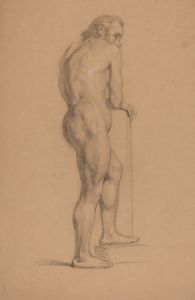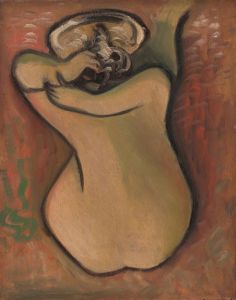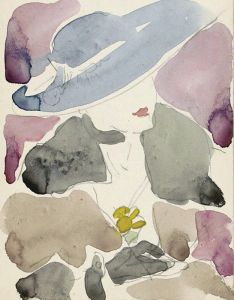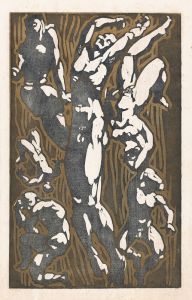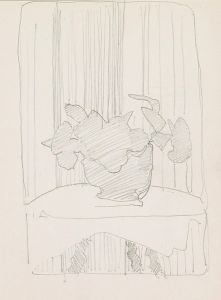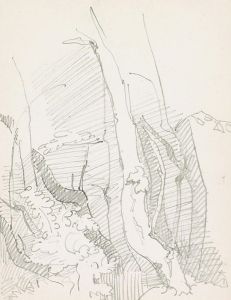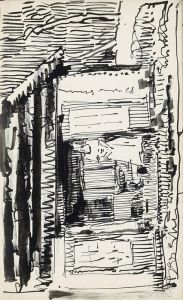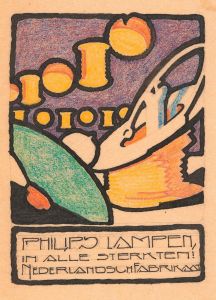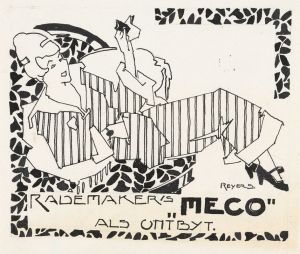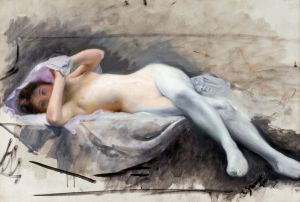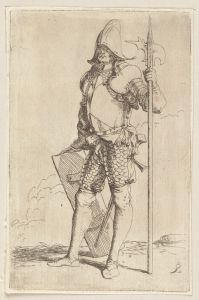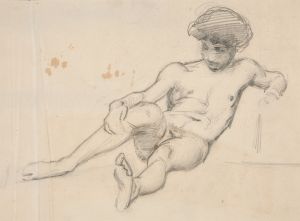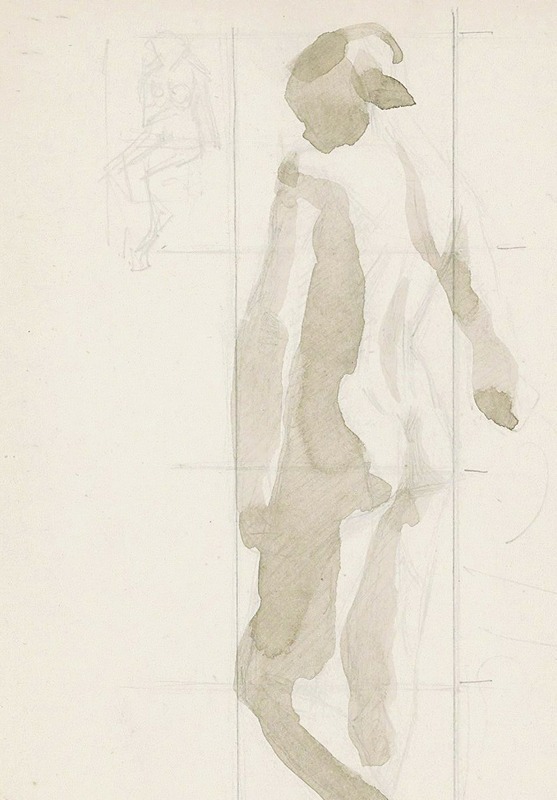
Achterzijde van een staande naakte vrouw
A hand-painted replica of Reijer Stolk’s masterpiece Achterzijde van een staande naakte vrouw, meticulously crafted by professional artists to capture the true essence of the original. Each piece is created with museum-quality canvas and rare mineral pigments, carefully painted by experienced artists with delicate brushstrokes and rich, layered colors to perfectly recreate the texture of the original artwork. Unlike machine-printed reproductions, this hand-painted version brings the painting to life, infused with the artist’s emotions and skill in every stroke. Whether for personal collection or home decoration, it instantly elevates the artistic atmosphere of any space.
Reijer Stolk (1896–1945) was a Dutch artist known for his contributions to graphic art and painting. He was part of the early 20th-century Dutch art scene, which was characterized by a diversity of styles and movements. Stolk's work often reflected the influences of modernism and the avant-garde, which were prevalent during his time.
"Achterzijde van een staande naakte vrouw" (translated as "Backside of a Standing Nude Woman") is one of Stolk's works that exemplifies his interest in the human form and his skill in capturing it with simplicity and elegance. The painting focuses on the back view of a nude female figure, a subject that has been a classic theme in art history, allowing artists to explore the anatomy, posture, and the play of light and shadow on the human body.
Stolk's approach to this subject is marked by a minimalist style, emphasizing the contours and lines of the figure rather than intricate details. This technique aligns with the modernist tendencies of reducing forms to their essential elements, a practice that was gaining popularity among artists in the early 20th century. The use of line and form in this painting highlights Stolk's graphic art background, where precision and clarity are paramount.
The composition of "Achterzijde van een staande naakte vrouw" is likely influenced by the broader European art movements of the time, such as Expressionism and Cubism, which encouraged artists to break away from traditional representations and explore new perspectives. However, Stolk's work maintains a certain realism, focusing on the natural beauty and grace of the human figure without distorting it excessively.
Stolk's artistic career was tragically cut short by his untimely death in 1945, during World War II. Despite his relatively brief career, his works remain a testament to his skill and vision as an artist. His contributions to Dutch art are recognized for their unique blend of modernist influences and traditional subjects.
The painting "Achterzijde van een staande naakte vrouw" is an example of Stolk's ability to convey emotion and form through simplicity. It reflects his understanding of the human body and his ability to translate that understanding into art that resonates with viewers. The work is appreciated for its aesthetic qualities and its place within the context of early 20th-century European art.
Overall, Reijer Stolk's "Achterzijde van een staande naakte vrouw" is a significant piece that offers insight into the artist's style and the artistic movements of his time. It continues to be studied and admired for its contribution to the genre of nude art and its reflection of modernist principles.





